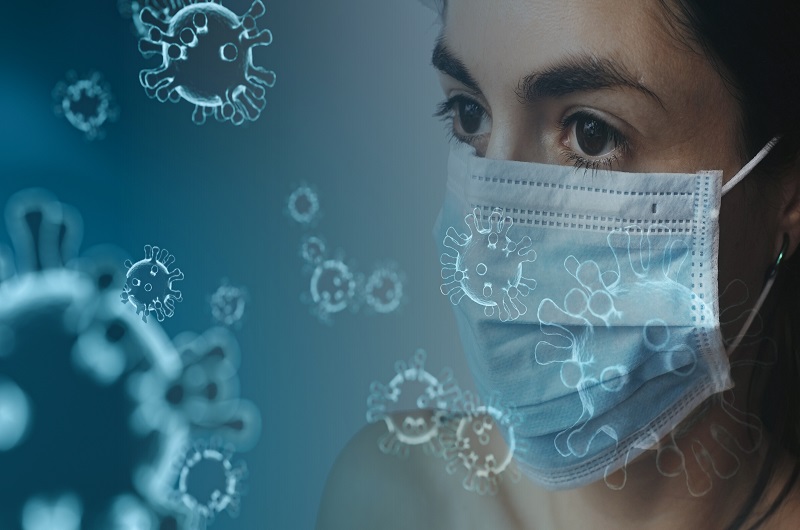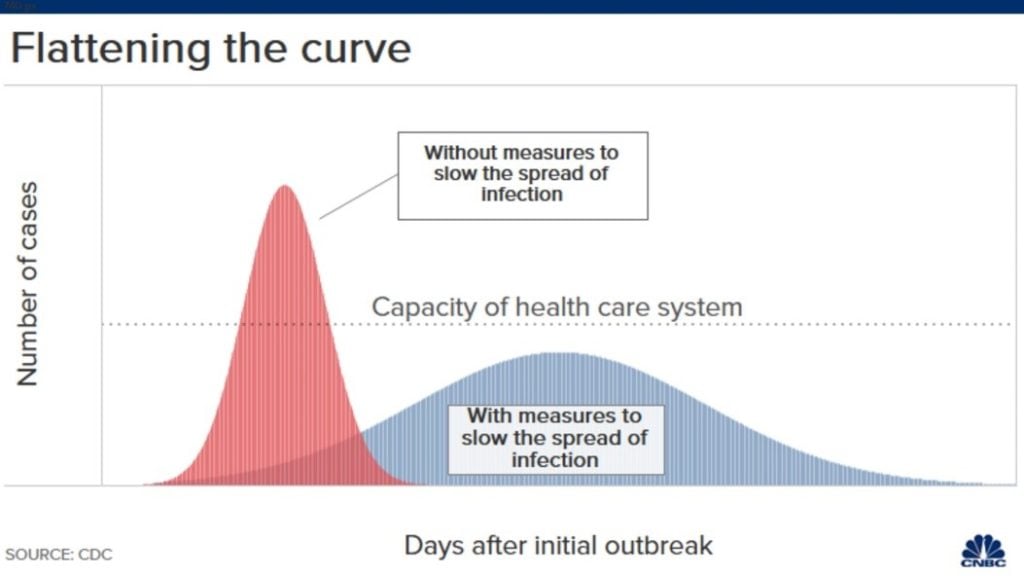The Impact of COVID-19
What is COVID-19 and dealing with unplanned events/crises within your organization.

COVID-19, Coronavirus Disease 2019, is a pandemic of a respiratory disease impacting most of the world as I write this. Coronaviruses are a broad family of viruses that cause a range of illnesses, from what is known as the common cold to severe illnesses like SARS. COVID-19 is a new strain that has not been encountered or identified before (World Health Organization, 2020). The fact that so little is known about this new strain and how quickly it is spreading between individuals is alarming to healthcare providers, public health officials, and individuals around the globe.
The Centers for Disease Control and Prevention (CDC) have found that cases have been reported in all 50 of the United States. These cases have been the results of travelers, close contacts with known cases, and community acquired cases (meaning the source is unknown). Since there is no vaccine as I write this, the CDC and Public Health officials recommend the best way to prevent the illness is to avoid it. As the virus spreads through contact/person-to-person the key is washing your hands often and well, avoiding touching your face, nose, and mouth, and most importantly avoiding close contact/keeping distance between yourself and others. This last point is key as there are individuals who are more susceptible to the illness due to age, compromised immune systems, and other medical conditions (Centers for Disease Control and Prevention, 2020).
In attempts to contain the illness/slow the spread of the infection, many cities and entire states implemented a (minimum) two-week isolation period to “flatten the curve.”

The curve is an estimate of new cases over time. A steeper curve means more individuals are impacted over a shorter period, putting both a greater strain on healthcare professionals to treat everyone and the number of resources available to treat individuals at risk. A more gradual curve, achieved through social isolation and distancing, means that while the same number of individuals could be impacted, healthcare professionals are not over-burdened and able to care for everyone (CNBC, 2020).
This increased social distance means employees are now suddenly working from home (where applicable), schools are closed, bars/restaurants are limited to carry out/delivery orders, and other businesses/governments closely monitor the situation and deciding when to make the call. All this brings to light the key question – are organizations/businesses/education systems prepared for such unplanned circumstances/crises that interrupt their day-to-day operations so significantly? If anything, this pandemic has forced these organizations/businesses/education systems to look at some critical areas including the health and well-being of their employees, business continuity/setting up a remote workforce, effective communication plans, and managing/mitigating security risks.
The health and well-being of any organization/business/education system’s employees is at the center of it all. The responsibility falls on the leaders to make the right decisions to ensure their employees remain healthy. This could be limiting travel for example. While it is common to have clients across the globe, in the case of an unplanned crisis such as COVID-19, leaders must evaluate whether such travel is putting their employees at risk. Another could be allowing employees to work remotely. In such case-by-case bases, it is often relatively easy as the organization IT, HR, and Operations Departments can work directly with the individual as well as his/her supervisor to ensure the employee has what is necessary to complete his/her job.
In certain cases, such as what we are seeing today across the country, entire companies/organizations/education systems are shifting to a remote workforce. While this is being done with everyone’s health and well-being in mind, especially those who are most susceptible to the illness, it is not necessarily an easy process. High level questions that may come up include IT’s ability to support so many individuals working to set up their remote offices/workplaces with the proper supplies/tools, network availability across the organization/business/education system to handle remote meetings, and security/legal/liability questions. Other questions related to day-to-day work include what sort of team collaboration tools are currently used and can they continue to be used, daily expectations for employees from the organization, and even daily expectations for the employee from business partners or clients to ensure there is no loss of work.
Each question is valid and critical but is the organization or business equipped to answer them with the proper Incident Response, Disaster Recovery, and Business Continuity Plans? If an employee requires a secure connection to access their company email but that is not set up on their device, how will their managers and supervisors communicate with them? If hundreds of employees are having email issues on day one, is there a ticketing system IT can use to resolve the issues? These are hard questions employers/organizations/businesses/etc. must be able to answer in times of unplanned events or crises such as a pandemic and having the proper communication tools (email, phone, mass alerts, and such) are key in order to effectively share information with your employees and even clients and business partners.
This brings into question if the Incident Response, Disaster Recovery, and Business Continuity Plans should be integrated into one. The rate at which COVID-19 has spread and impacted both personal and professional lives is alarming. Integrating the plans together could not only lead to a more efficient response to any size disaster, but also an efficient recovery back into normal office operations, which is often overlooked
Finally, unfortunately, whenever there is chaos or crises, there are also individuals looking to take advantage of such a situation. While an organization or company or system is trying to protect its employees, they must also have measures in place to protect the business itself against attacks. How does it work? Individuals could receive an email from what appears to a legitimate source (a newspaper or even a company alert email) with updates or information. A simple download could impact your system and put not only the individual, but also the company at significant risk as the hacker could access confidential information. The attack or scam could even come from a shared family network, where it was downloaded from a completely different device. Being able to block such attempts on an employee’s device(s) is critical in these uncertain times.
In the end, it is about protecting everyone around us during these trying times, through minimizing contact and remote workforces, as well as preparing to get back to our lives, both personal and professional, when this pandemic is finally behind us. The CDC and Local Health Departments are great, reliable sources for accurate updates and information on the pandemic. As for your organization, Trexin can offer its expertise in helping your organization better prepare and recover from this as well as the next unplanned event.To learn more, please visit www.trexin.com.
References:
Centers for Disease Control and Prevention. (2020, February 11). Coronavirus Disease 2019 (COVID-19). Retrieved March 19, 2020, from https://www.cdc.gov/coronavirus/2019-ncov/index.html
Meredith, S. (2020, March 19). Flattening the coronavirus curve: What this means and why it matters. CNBC. Retrieved from https://www.cnbc.com
World Health Organization: WHO. (2020, January 10). Coronavirus. Retrieved March 19, 2020, from https://www.who.int/health-topics/coronavirus



